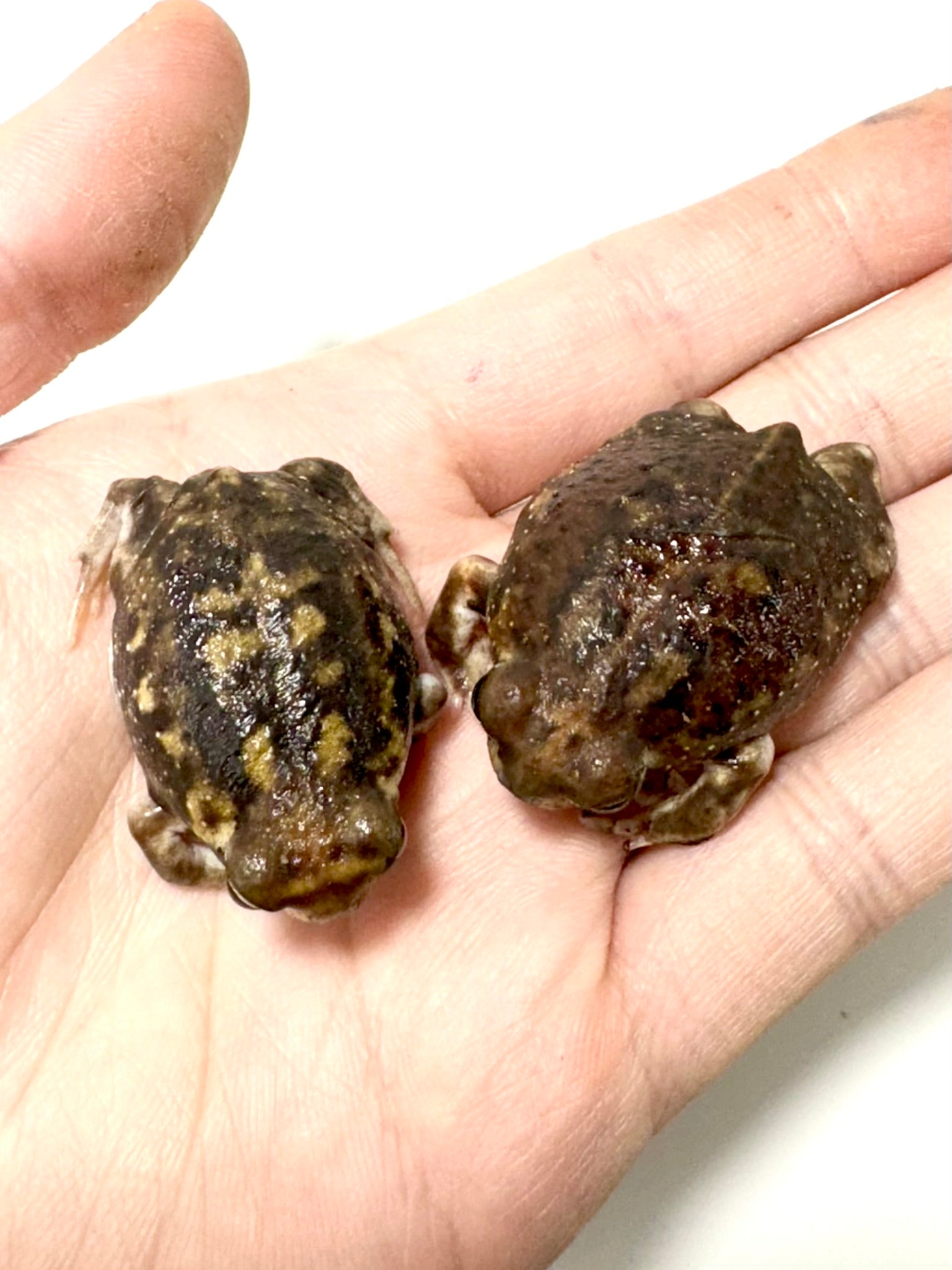Discover Exotic Rain Frog for Sale: Your Gateway to Special Amphibian Pets!
Discover Exotic Rain Frog for Sale: Your Gateway to Special Amphibian Pets!
Blog Article
The Most Effective Reptile Enclosures: How to Create the Ideal Habitat
Creating the ideal environment for reptiles is not almost positioning them in a container or unit; it entails a thoughtful factor to consider of numerous variables that add to their total health. From the dimension of the room to the sort of substrate utilized, every aspect plays an important function in offering an atmosphere where your reptile can flourish. By understanding the specific needs of your reptile varieties and applying the ideal environment configuration, you can ensure their wellness and joy in bondage.
Choosing the Right Enclosure Dimension
When choosing a room size for reptiles, it is essential to consider their natural actions and area requirements to guarantee their wellness and health and wellness. When it comes to environment area, different reptile varieties have differing needs. Arboreal varieties like chameleons or tree snakes require upright space for climbing up and perching, while earthbound types such as bearded dragons or leopard geckos need even more floor room for checking out and thermoregulation. Marine turtles like red-eared sliders require enclosures with both water and acreage for swimming and basking.
A general policy of thumb is to provide sufficient space for the reptile to display all-natural actions, such as basking, concealing, climbing, and foraging. By carefully thinking about the particular needs of the reptile varieties in inquiry, proprietors can develop an ideal and improving habitat that promotes overall well-being and encourages natural behaviors.
Establishing Correct Burner
To guarantee the well-being and health of reptiles in their enclosures, it is vital to very carefully set up appropriate burner. Reptiles are ectothermic creatures, indicating they count on exterior warm sources to regulate their body temperature. When establishing burner in a reptile room, it is critical to take into consideration the details temperature level needs of the types you are taking care of. Different reptiles have differing temperature level needs based upon their natural environment, so it is essential to study and recognize these demands.
One efficient and typical home heating aspect for reptile enclosures is a warm lamp or ceramic warm emitter. These heat resources can be utilized to create a temperature level gradient within the unit, allowing reptiles to relocate between warmer and cooler locations as required. Furthermore, under-tank home heating pads or heat floor coverings can be used to supply belly warm, which is especially useful for reptiles that call for extra heat to assist in digestion.
Checking the temperature within the room utilizing a thermostat is vital to guarantee that the home heating components are maintaining the appropriate temperature variety for your reptile. Routinely examine and readjust the home heating components as needed to create a click this site healthy and comfortable atmosphere for your scaly good friend.
Choosing Appropriate Illumination Components

Giving the Ideal Substrate
Selecting the ideal substratum is necessary for producing a suitable and comfy atmosphere for reptiles in their rooms. Some reptiles, such as desert-dwelling species like bearded dragons, thrive on substratums like calcium sand or reptile rug, while others, like ball pythons, prefer coconut husk or aspen bed linens to preserve humidity degrees.
Moreover, the size of the reptile should additionally influence your choice of substratum, as hatchlings may require a better material to avoid intake. Prevent substrates that can create impaction, such as loose substratums like sand or gravel, especially for reptiles recognized to ingest their find out this here bed linens. On a regular basis cleaning and changing the substrate is essential to make sure a hygienic and tidy setting for your reptile. By picking the optimal substrate, you can add to the overall health and wellness and well-being of your flaky companion.
Designing for Enrichment and Comfort
Considering the substrate's duty in supplying a foundation for natural behaviors and keeping an ideal atmosphere, enhancing the reptile enclosure with correct designs is web link important for both enrichment and comfort. When decorating the unit, it is necessary to consider the reptile's species-specific demands and habits to create a space that advertises mental and physical health. By integrating a variety of decors that simulate the reptile's natural environment, owners can guarantee their animal's convenience and promote their natural reactions, ultimately leading to a better and healthier reptile.
Verdict

Creating the ideal habitat for reptiles is not simply concerning positioning them in a tank or room; it includes a thoughtful factor to consider of numerous factors that contribute to their overall wellness.Choosing the proper substratum is crucial for creating a comfortable and suitable atmosphere for reptiles in their rooms. Some reptiles, such as desert-dwelling types like bearded dragons, prosper on substratums like calcium sand or reptile rug, while others, like sphere pythons, like coconut husk or aspen bed linens to keep moisture degrees.
By integrating a range of designs that simulate the reptile's natural habitat, owners can ensure their pet's comfort and stimulate their all-natural reactions, inevitably leading to a better and much healthier reptile.
In final thought, creating the perfect habitat for reptiles involves selecting the proper room size, heating elements, lighting components, substrate, and decors.
Report this page